43 how to read food labels sugar
How to read labels for added sugar - That Sugar Movement Three: Remember that 4g = 1 teaspoon of sugar Technically, 4.2g = 1 teaspoon of sugar, but for the easy on-the-spot calculation, just remember 4g equals one teaspoon. For example, a 375ml can of Coca-Cola is about 40g of sugar. Dividing that by 4 means there are 10 teaspoons of added sugar in the one can. How to Identify Sugar on Nutrition Labels | Days To Fitness Step 3 - Compare the sugar content of similar food products. A very effective way to see how much sugar is in the food you are eating is to compare product labels side by side. For example, take a no-added-sugar cereal and a regular breakfast cereal and compare total sugar per same-sized serving. You'll often be surprised at the difference.
How to read food labels - Safefood Some labels use colour coding to show at a glance if a food is high, medium or low in fat, saturated fat, sugar and salt. If the label isn't colour coded, use our label decoder as a guide. The fibre content is important when you are looking at foods such as bread, cereals, pasta and rice.
How to read food labels sugar
How To Read Food labels for Sugar | My Sugar Free Kitchen On the label check the sugars in the nutrition panel. 5g/ml or less of sugar per 100g/ml = this would count as low sugar content. It means 5% of the ingredients are sugar Between 5g/ml and 20g/ml of sugar per 100 grams = medium sugar content. With 20ml of sugar per 100 ml, this means the product is 20% sugar…not so good. Food Labels | CDC Check the Serving size first. All the numbers on this label are for a 2/3-cup serving. This package has 8 servings. If you eat the whole thing, you are eating 8 times the amount of calories, carbs, fat, etc., shown on the label. Total Carbohydrate shows you types of carbs in the food, including sugar and fiber. Learning To Read Labels :: Diabetes Education Online On a nutrition food label, subtract the fiber from the total carbohydrate amount. When you read food labels, the grams of sugar are already included in the total carbohydrate amount, so you do not need to count this sugar amount separately. The grams of sugar listed include both natural sugars, from fruit or milk, and added sugars.
How to read food labels sugar. Understanding food labels - Diabetes UK Check the ingredients list - if syrup, invert syrup, cane sugar, molasses or anything ending in 'ose' is within the first three ingredients, this suggests the food contains more added sugar. Choose an alternative if possible, or be mindful of the portion you eat. Check the fibre content on the back of pack label. Reading food labels: Tips if you have diabetes - Mayo Clinic Look for foods with 3 or more grams of fiber. Put sugar-free products in their place Sugar-free doesn't mean carbohydrate-free. Sugar-free foods may play a role in your diabetes diet, but remember that it's equally important to consider carbohydrates as well. A sugar-free label means that one serving has less than 0.5 grams of sugar. How to Read Nutrition Labels When You Have Diabetes The right meal plan is essential if you want stable blood sugar levels. Knowing your way around food labels is a good way to stay on track. How To Read Nutrition Labels - Holistic Health Path The sugar number on a food label doesn't differentiate between naturally occurring sugars like fructose. It lumps all sugar together and forces you to read the ingredient list if you're concerned about the breakdown, like I am. Remember that sugar has plenty of aliases it goes by, you can see a huge list here.
› sites › defaulthow to understand food labels - Eat For Health Food with less than 400mg per 100g are good, and less than 120mg per 100g is best. Ingredients Listed from greatest to smallest by weight. Use this to check the first three ingredients for items high in saturated fat, sodium (salt) or added sugar. Other names for ingredients high in saturated fat: Animal fat/oil, beef fat, How to Read a Food Label - Atkins To complicate matters still further, carbohydrates are comprised of several subgroups, which include dietary fiber, sugar, sugar alcohol and other carbohydrates—a kitchen-sink grouping of gums, lignans, organic acids and flavenoids. (These individual items can be assayed.) The FDA requires that a nutrition label include the total carbohydrates. Food labels - NHS All nutrition information is provided per 100 grams and sometimes per portion of the food. Supermarkets and food manufacturers now highlight the energy, fat, saturated fat, sugars and salt content on the front of the packaging, alongside the reference intake for each of these. You can use nutrition labels to help you choose a more balanced diet. How to Read Food Labels and Understand Sugar Content | yum ... Agave, brown rice syrup, brown sugar, cane sugar, caster sugar, coconut nectar, coconut sugar, dextrose, fructose, fruit juice concentrate, glucose, glucose syrup, golden syrup, honey, icing sugar, invert sugar, maple syrup, molasses, panela, rapadura sugar, raw sugar, rice malt syrup, sucrose (They're all types of added sugar!) 'No added sugar'
How to Read Food Labels Without Being Tricked If you see any of these in the top spots on the ingredients lists — or several kinds throughout the list — then the product is high in added sugar. SUMMARY Sugar goes by various names — many of... › Chefs-Path-Airtight-StorageAmazon.com: Airtight Food Storage Containers for Kitchen ... Perfect to keep dry food like sugar, cereal, flour and snacks fresh. The improved airtight lock system also facilitates liquid friendliness. [Versatile Containers] - These containers for organizing are designed to make your life easier. Our airtight storage technology and food grade material keeps food fresh. › health › how-read-food-andHow To Read Food and Beverage Labels | National Institute on ... Feb 24, 2022 · Sometimes, food and beverage packaging includes terms that may try to convince the consumer the food is healthy. To help avoid confusion, the FDA sets specific rules for what food manufacturers can call “light,” “low,” “reduced,” “free,” and other terms. This type of labeling may have little to do with how nutritious the food is. How to understand food labels - Eat For Health The Nutrition Information Panel on a food label offers the simplest and easiest way to choose foods with less saturated fat, salt (sodium), added sugars and kilojoules, and more fibre. It can also be used to decide how large one serve of a food group choice or discretionary food would be and whether it's worth the kilojoules.
13 Misleading Food Label Claims and How Not to Be Tricked 1. Label Says "Sugar-Free". The Food and Drug Administration (FDA) provides guidelines for a variety of common food labels, including sugar-free. While the term suggests that products labeled this way would be completely free of sugar, they can actually contain up to 0.5 grams of sugar in a single serving size.
How to Read a Food Label to Make Sure It's Keto in 3 Easy ... Look for a brand that indicates "No Sugar Added". Read the ingredient list to verify. Pederson's brand with the No Sugar-Whole30 Approved seal is my personal choice. 2. Go to the butcher. You can find him in the grocery store by the meat section or at your local butcher shop. Ask him to cut you strips of pork belly, bacon style.
› food › new-nutrition-facts-labelHow to Understand and Use the Nutrition Facts Label | FDA Single-ingredient sugars and syrups are labeled in this way so that it does not look like more sugars have been added to the product and to ensure that consumers have information about how a...
Fats, sugar, carbs: How to read a food label (and seven ... The "total carbohydrate content" of the food will actually include the sugars within this number and give you an idea of the amount of fuel a food contains. For example, if you consider that a slice of bread or a piece of fruit contains 15-20 grams of carbs per serve, then a food that contains 60-80 grams of carbs per serve is an energy-dense ...
Reading Food Labels When You Have Diabetes - WebMD It has measurements of fat, cholesterol, sodium, carbohydrates, protein, vitamins, and minerals for a typical amount of that food. This information can make it easier for you to choose foods that...
Understanding sugar content on food labels - Diabetes Care ... Understanding sugar content on food labels is important, to ensure that you're consuming healthy amounts. Reading the ingredient lists and nutrition facts tables on packaged foods is a helpful way for you to check what kind, and how much, sugar a product has.
Added Sugars on the New Nutrition Facts Label | FDA Labels for foods and beverages with added sugars will list the number of grams and the percent Daily Value (%DV) for added sugars within the Nutrition Facts label. Having the word "includes" before...
Understanding food labels - Action on Sugar HOW MUCH SUGAR IS IN YOUR FOOD/DRINK? Step 1 - Calculate amount of sugars per gram by dividing the amount of sugars per 100g OR 100ml by 100. Step 2 - Check the weight of a recommended portion as stated on the pack. Step 3 - Work out the amount of there is per portion by multiplying the figures from step 1 and 2.
Reading Food Labels | ADA - American Diabetes Association The Nutrition Facts labels on foods are really the key to making the best choices. We'll cover the basics so that these labels make shopping easier for you. You've heard it all. From carb-free to low-carb, to whole and empty carbs, it's hard to know what it all means. Blood sugar highs and lows aren't always easy to understand.
Sneaky Sugars: How to read food labels - Natvia - 100% ... Sneaky Sugars: How to read food labels; Save Article Saved Sneaky Sugars: How to read food labels Posted by: Patrick Catanzariti on July 13, 2016 . It's not always easy to work out what's hidden in the food you buy, especially when you're trying to steer clear of added sugars! We take a look at what's on the back of your packets.
Sugars on food labels - Sugar Nutrition Resource Centre Polys or sugar alcohols are naturally found in some fruits and used commercially in products such as chewing gum. Packaged foods in Australian and New Zealand must provide nutrition information on the labels, including ingredients, nutrition information panels and content claims. Food Standards Australia New Zealand (FSANZ) are the regulatory ...
Learning To Read Labels :: Diabetes Education Online On a nutrition food label, subtract the fiber from the total carbohydrate amount. When you read food labels, the grams of sugar are already included in the total carbohydrate amount, so you do not need to count this sugar amount separately. The grams of sugar listed include both natural sugars, from fruit or milk, and added sugars.
Food Labels | CDC Check the Serving size first. All the numbers on this label are for a 2/3-cup serving. This package has 8 servings. If you eat the whole thing, you are eating 8 times the amount of calories, carbs, fat, etc., shown on the label. Total Carbohydrate shows you types of carbs in the food, including sugar and fiber.

Understanding the Different Types of Sugar on Food Labels | Food labels, Sugar free diet, No ...
How To Read Food labels for Sugar | My Sugar Free Kitchen On the label check the sugars in the nutrition panel. 5g/ml or less of sugar per 100g/ml = this would count as low sugar content. It means 5% of the ingredients are sugar Between 5g/ml and 20g/ml of sugar per 100 grams = medium sugar content. With 20ml of sugar per 100 ml, this means the product is 20% sugar…not so good.
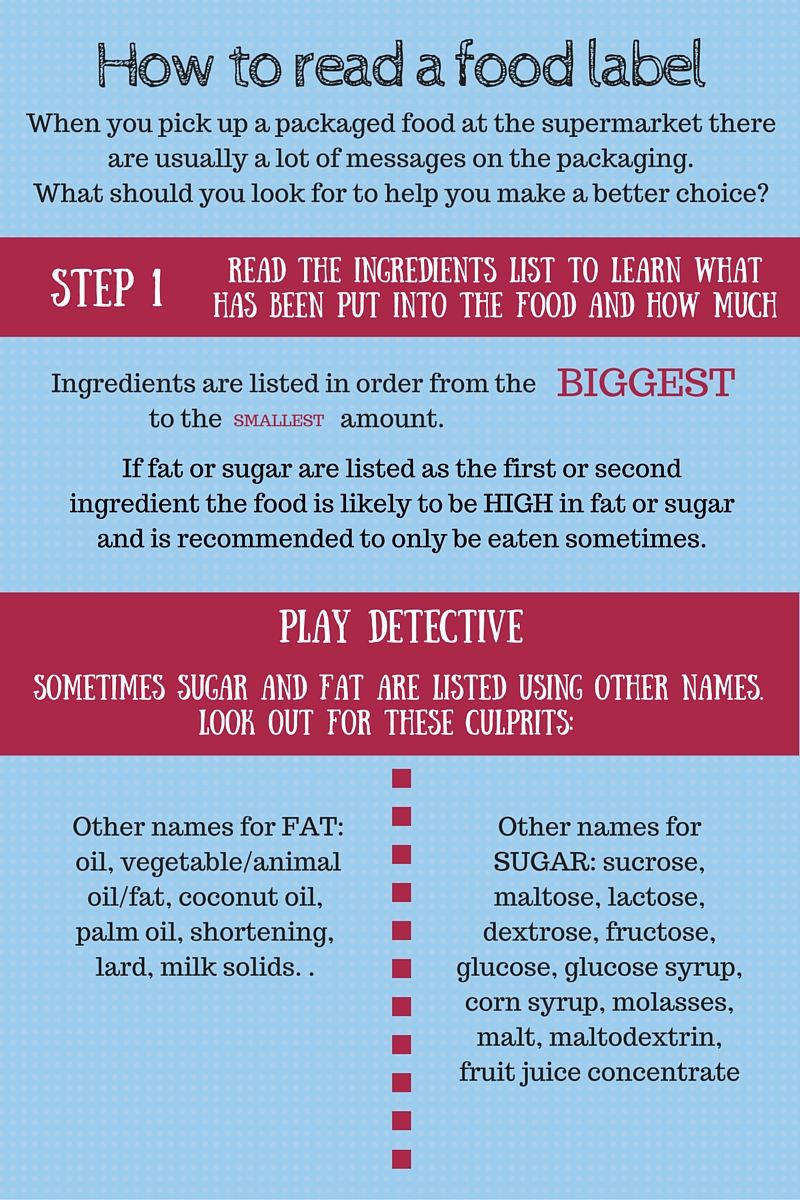


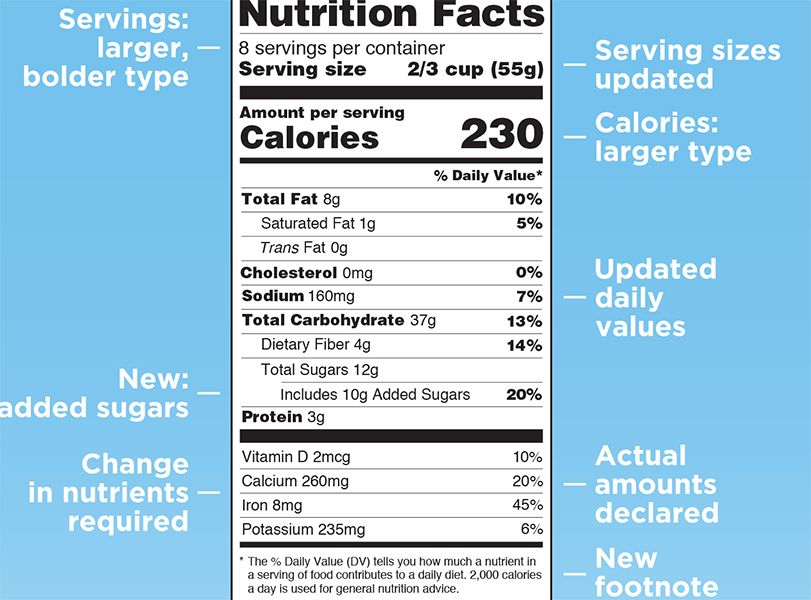

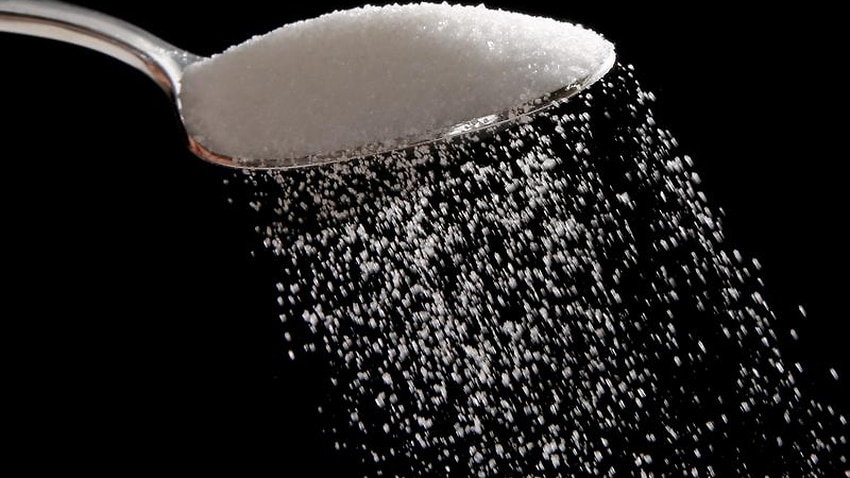
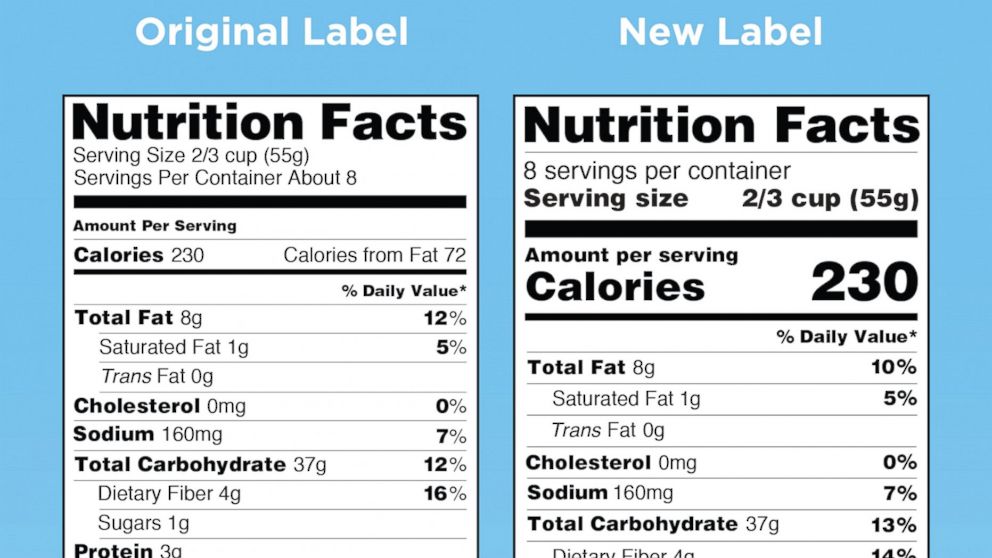
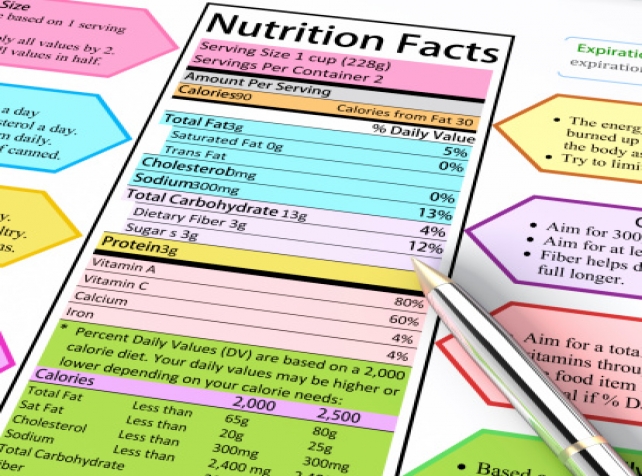



Post a Comment for "43 how to read food labels sugar"